How Autocar is made
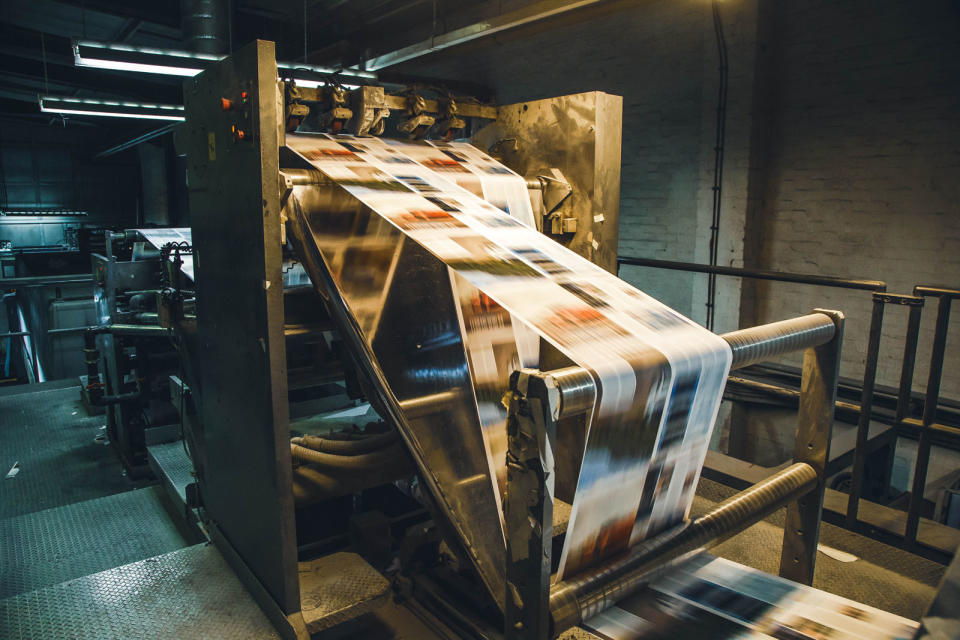
The total print run for each issue of Autocar is heavier than two Land Rover Defenders
Provenance is one of those curious human obsessions that we’re pre-programmed to value. Take wristwatches, for example. Digital ones provide all the functionality you need, yet they are orders of magnitude less expensive than analogue and hand-made ones. Should the latter hail from Switzerland, go ahead and add another zero to its value.
Much like Swiss watchmakers, we at Autocar are rather proud of our heritage, this being the world’s oldest motoring title. But while our focus has stayed the same since 1895, the process of creating the actual magazine has changed a lot.
Filling more than 70 pages in five days is a tall task, but it all begins with the stories. Some, like long-awaited new-model unveilings or drives, will be pencilled into the calendar well ahead of time. Some we have to squeeze in at short notice on the day we go to press. Regardless, each story is written according to a brief from the relevant section editor. Through a back-and-forth with the writer, they will commission the necessary word counts, a rough idea of the imagery involved and a deadline for its submission.
Each brings a wildly different workload, so it’s crucial that everything is filed on time. Take a first drive of a car: it could be as simple a task as an afternoon drive around the British countryside, but it can also mean multiple days of travelling, time at the wheel and then a full photoshoot before the writer can begin to tap away at their computer. Time needed to accommodate the grand-scale tasks simply can’t be wasted on more trivial jobs.
Once the writer has found a quiet place and readied their ramblings, the production team is primed to turn them into the glossy final product.
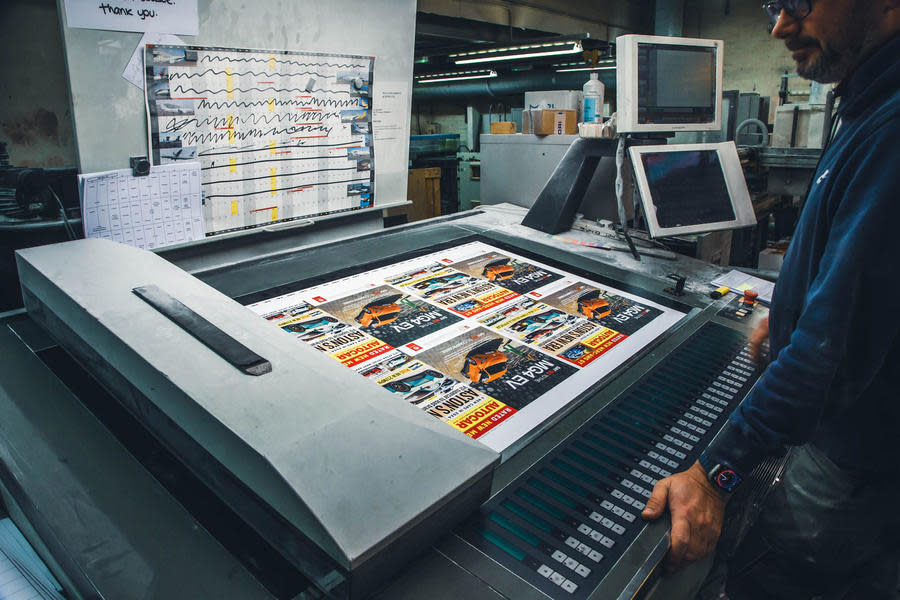
This starts with picture editor Ben Summerell-Youde, who gathers the appropriate visuals for the story, comprising either photography shot in-house by Max Edleston, Jack Harrison or John Bradshaw, or images provided by a picture library or the relevant press office.
Other stories might require Summerell-Youde to look into his crystal ball and envision the future of the industry. His talent with a digital sketchpad means he can illustrate new cars in great detail long before we lay eyes on them.
He explains: “News editor Felix Page will give me a simple brief: the next-generation Audi A6, for example. I’ll look at recent concept cars and the brand’s new design language and then look at the current car for proportions. That’s the simplest way. On the other hand, when there’s something much more futuristic, such as our 8 November scoop on the Toyota Celica revival, I’ll consider that shape again and draw it from scratch. I’ll do an outline and some vague shapes of grilles, filling it in as I go. That takes a lot longer, whereas a new A6 I can do practically blindfolded.”
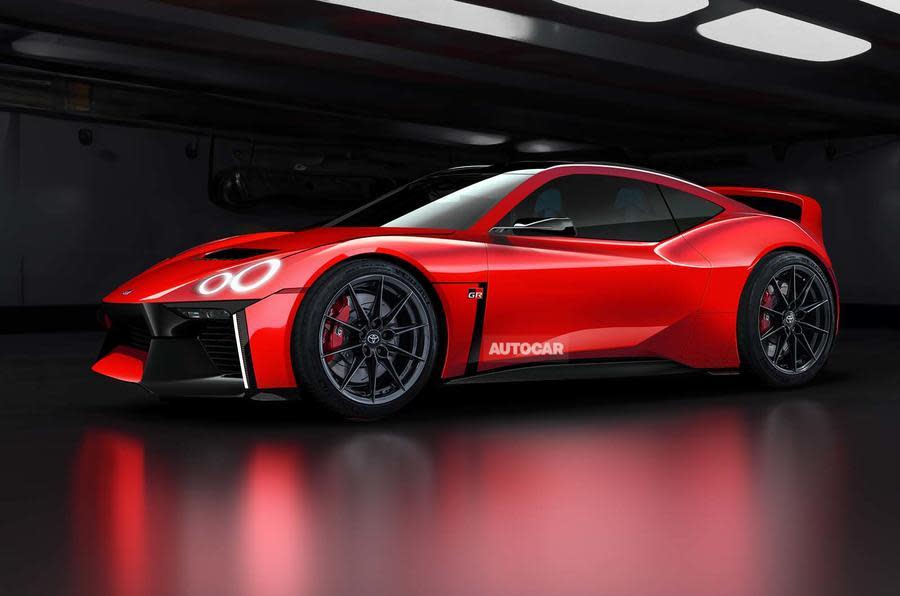
He adds that the homogeneity of modern cars – particularly those from Germany – can make this task much simpler. “It’s just Russian doll stuff, really,” he jokes. The end result, known as a rendering, is often remarkably close to the production car, with recent wins including the Dacia Duster, Lotus Emeya and Volvo EX30.
This kicks off the next phase of the design work. Art editor Sarah Özgül, junior designer Tara Tuohy and group art editor Stephen Hopkins (‘Hoppo’, to anyone who’s ever met him) begin developing page layouts, making judgement calls on the images provided by Summerell-Youde and the structure of the story.
Özgül notes that everything quickly “evolves” from this point on, by way of a cyclical discussion between herself, Summerell-Youde, the relevant section editor and managing editor Sami Shah.
Pointing to a feature she is currently designing, Özgül explains: “I’ve got the copy on a Word document and I know it’s supposed to be four pages. I didn’t have any pictures earlier, so I asked Ben to find some. Today, I’ve come back to it after a think about the design and reckon it would work better as a two-page spread. So I’ve had a discussion with Sami, who’s then had the change approved by the section editor.
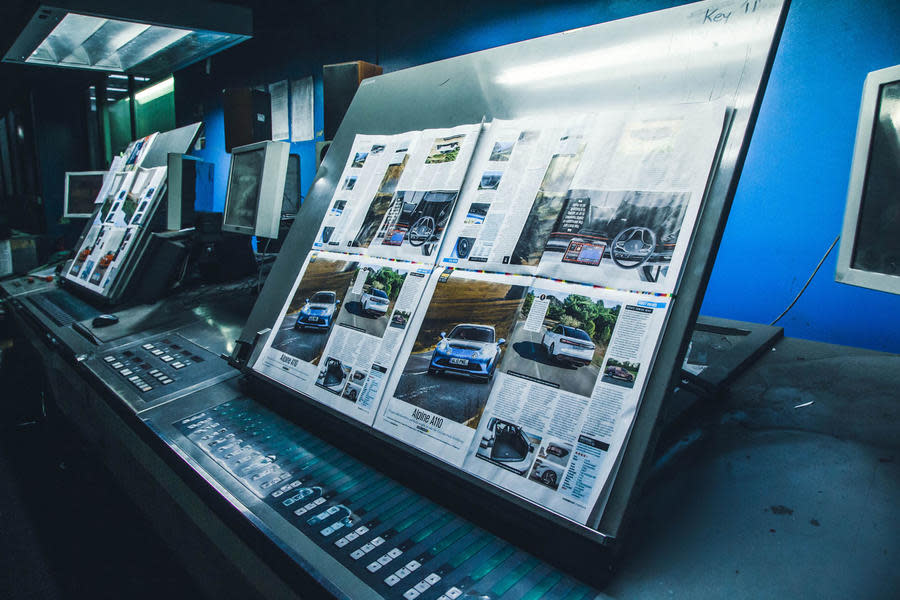
“As I’m laying it out, I’m discussing pictures with Ben while I’m reading the story and getting a feel for how it should look on page.”
The back and forth between editorial and production is essential to ensuring we’re all working in concert, under the pressure of the ticking clock – and that ticking has hardly ever felt more imposing than it does now.
When you consider the number of pages that go into every issue and the time available to produce them, on average we have a little over half an hour to devote to each page in order to hit our weekly deadlines. That’s under ideal circumstances, but like any operation, things like IT issues, transport disruption or a global pandemic (not even that was enough to knock us off our stride) can throw a wrench in the works – and on top of that there are the boundless efforts required to feed content to the Autocar website (see below).
It’s Shah’s job to bring order to the chaos, dictating the firing order of magazine pages and seeing them over the finish line.
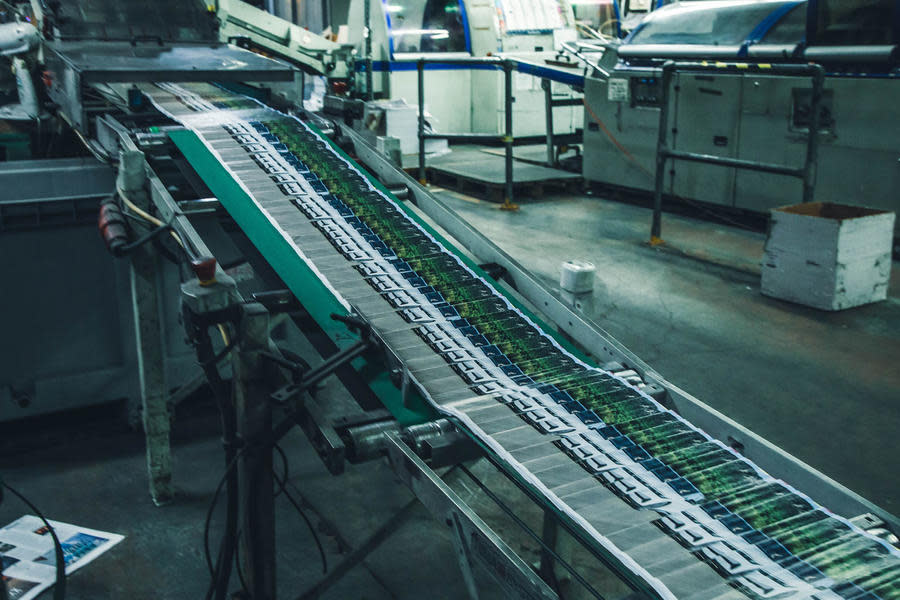
“We’ve done it long enough together to know how much time each task takes and whether we are behind or ahead of schedule,” says Shah. He explains that the magazine pages are sent to the printers digitally in various sections, each with a different deadline on press day at the end of the week, the last of which containing news stories that are inevitably subject to eleventh-hour changes.
“The printers will give us a bit of leeway, but we can’t miss our print slot, so if we’re running more than a few minutes late, the phone will start ringing. That said, we don’t want to miss out on a big story, so a conversation with the editor will take place about the logistics of squeezing it in and a judgement call has to be made.”
In part for the sake of his own sanity, Shah plays a key role in the process of ironing out any errors. Along with chief sub-editor Kris Culmer and special contributors Peter McSean and Tim Dickson, it is his job to ensure each story nails the brief, reads well, is faithful to Autocar’s style guide, is legally sound and is factually accurate – there are rather a few facts and figures in each issue of Autocar – with the entire editorial team chipping in to fill any knowledge gaps. Picture captions and headlines are then added – some straight, some (we hope) witty.

 Yahoo Autos
Yahoo Autos 